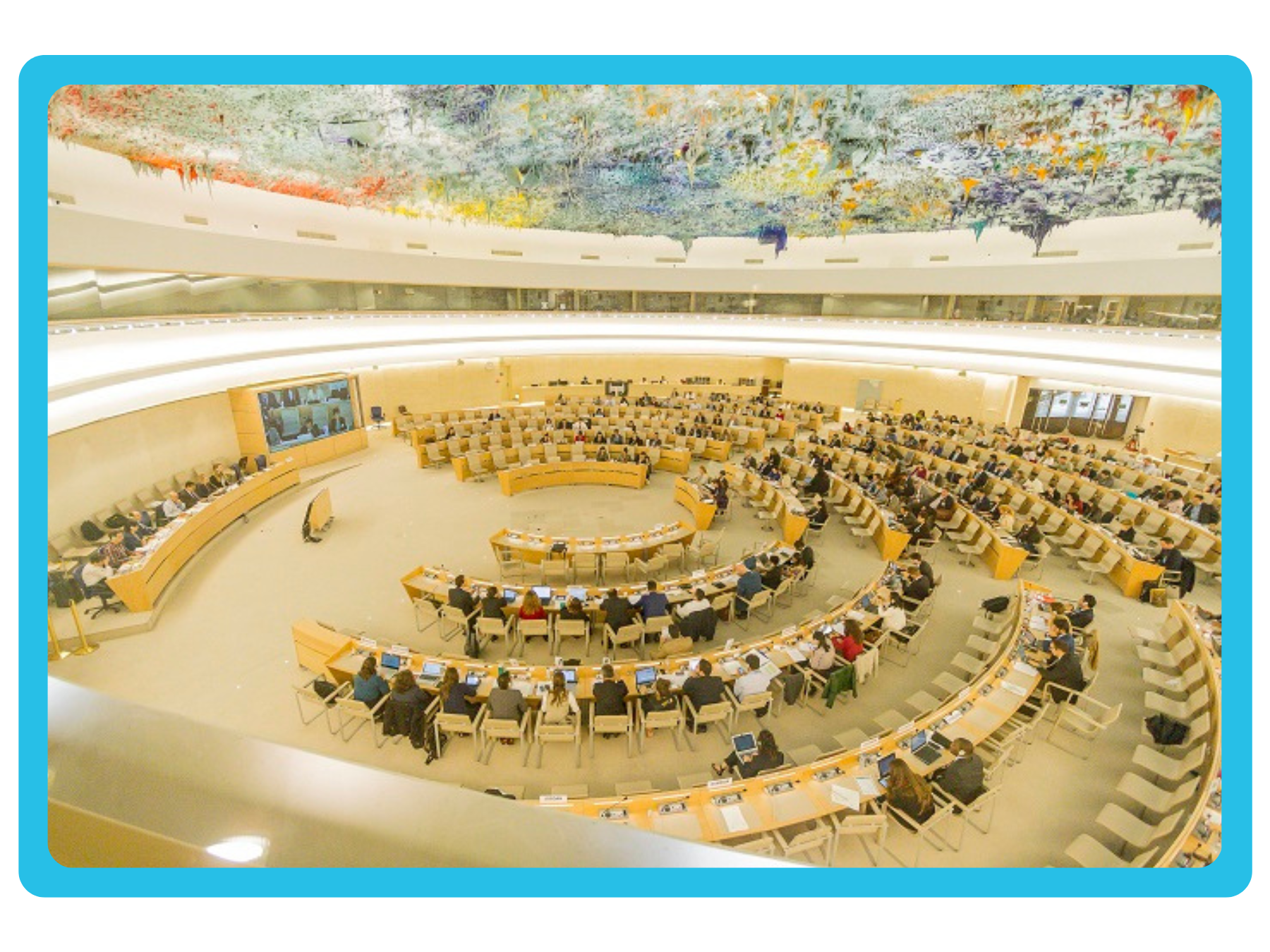

As a High School Spanish teacher and student newspaper advisor, Liz has taught for over 20 years and has served as World Languages Department Chair and K-6 summer camp activities leader. She has worked in Ohio, Maine, New Jersey, Maryland, and Chile.
As you read Liz’s insights on weaving COP30 into climate education across subjects, we’re excited to share a companion resource designed with educators in mind: the Sustainable Development Goals Curriculum Guide, created in partnership with Earth Cubs, CFR Education, Ages of Globalization, SubjectToClimate, and Global Schools Program. This guide includes ready-to-use lesson ideas, adaptable activities, and cross-curricular connections to help you integrate global climate topics into your existing teaching practice.
As educators, we know that connecting our curricula with real-world events sparks students’ curiosity and deepens engagement. COP30, to be held November 10-21, 2025, in Belém, Brazil, provides a perfect opportunity for students to grow academically while delving into climate challenges and solutions.
Established in 1995, the “Conference of the Parties” (COP) is a yearly international meeting where countries negotiate how to solve the climate crisis. The host rotates each year among the countries party to the United Nations Framework Convention on Climate Change. To learn more, check out the Council on Foreign Relations’ interactive timeline.
During COP, non-party stakeholders, or “observers,” contribute to shaping policies. New this year will be four leadership circles designed to address climate finance, ethics, governance and mobilization, and strengthen the role of traditional and Indigenous peoples in the negotiations.
COP30 will also seek to bolster multilateral international cooperation in order to:
Other priorities of the Brazilian COP30 presidency include:


Topics such as the carbon or water cycles, ecosystems, and the chemistry and physics of energy provide a foundation for understanding climate change.
Classes can learn statistics, graph sea level rise, analyze energy or country contribution data, or investigate fossil fuel financing.
Classes can create a federal budget, explore climate justice, Indigenous rights, or the roles of democracy and domestic or international law.
Classes can reflect on climate impacts through poetry such as Forest Odes and Elegies and Tell Them, identify greenwashing or analyze word choice in speeches.
Classes can reflect on the role of public art or create portraits of climate leaders.
Students can analyze or create music or choreography.
Can use multilingual UN resources, learn about youth climate activism, or research the perspectives of target-language countries.
✨ Pick a topic that inspires you.
Feeling overwhelmed or experiencing crisis fatigue? Focus on a topic that taps into your skills, curiosity, and joy. Your students will benefit.
⏰ Start early.
Scaffold information students need to fully engage. Consider highlighting climate leaders during Hispanic Heritage Month or Indigenous Peoples’ Month.
💡 Address big ideas.
Explore COP30’s global ethical stocktake or learn about cultural practices such as muritáo or el Buen Vivir. Discover what motivates leaders like Brazilian Minister of Environment and Climate Change Marina Silva, a former rubber tapper and activist who was also Brazil’s first Black woman candidate for president.
☀️ Center climate justice.
If climate justice is a new concept for students, give them a resource to explore, such as the Climate Justice and Equity Student Lab and the Climate Justice Instructional Toolkit.
📍 Make local connections.
Bring COP30 close to home. What does a just transition look like in your community? What careers can help meet the goals of COP and provide a decent living? To explore how local actions impact the Amazon rainforest, you can teach this interdisciplinary lesson or discuss this article about beef.



➜ Ask students, How would YOU solve the climate crisis? Then explore Climate Interactive’s En-ROADS or Project Drawdown’s Table of Solutions.
➜ Let students role-play COP negotiations over Who should pay the costs of climate adaptation and mitigation? or Who should lead implementation?
➜ The US has twice taken steps to withdraw from the 2015 Paris Climate Agreement, most recently in January 2025. Should the US participate in COP? World reactions have been mixed. What do students think?
➜ Should the federal government prohibit states from addressing climate change? The US Climate Alliance, a coalition of 24 US governors, plans to participate in COP30. Should states try to meet the US’s NDC?
➜ Are holding COPs worth it? Some have pointed to the problematic stances of host countries, the environmental impact in Belém, and rising global emissions.
🔍 Teach students discernment.
Practice claim, evidence, reasoning, and debunk misinformation. Fact-check responses by artificial intelligence. Play Cranky Uncle!
🌱 It’s okay to go small.
If you only have 5-10 minutes, start your class with a COP30 bellringer, such as a quote, statistic, or photo related to your lesson topic. If you have 20-30 minutes, look for a COP30 article from The Juice or highlight a climate hero.
🌎 Think outside the classroom.
COP30 themes readily connect with student activities such as Model UN or Mock Trial. School newspapers can include commentaries or feature articles. Religious youth groups can reflect on the global ethical stocktake.
💖 Take care of yourself and your students.
This teacher’s guide on mental health and climate change provides guidance for talking about climate emotions and building resilience.
Whether we choose one activity or a whole semester, teaching and learning about COP30 places us in the company of students, educators, and leaders across the globe rooting for a resolution to the climate crisis and rolling up their sleeves to get the job done. We can do this. I hope you’ll join me in teaching about COP30.